It’s a year since the James Webb telescope launched, and we’ve marvelled at its pictures ever since.
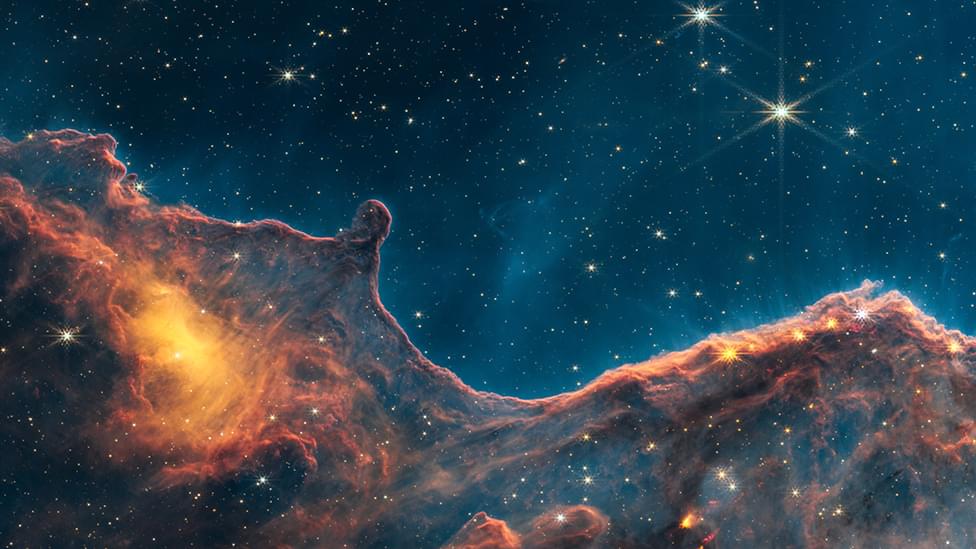


Observations from NASA reveal how complex and catastrophic an event it can be when a star gets too close to a black hole, CBS News reported on Wednesday.
Such an event does not occur in a single moment but, according to NASA, can take several months as the black hole’s gravity slowly sucks in the star’s being.
The latest such observation, which took place over a period of more than five months, was watched by multiple telescopes, NASA’s Jet Propulsion Laboratory reported.
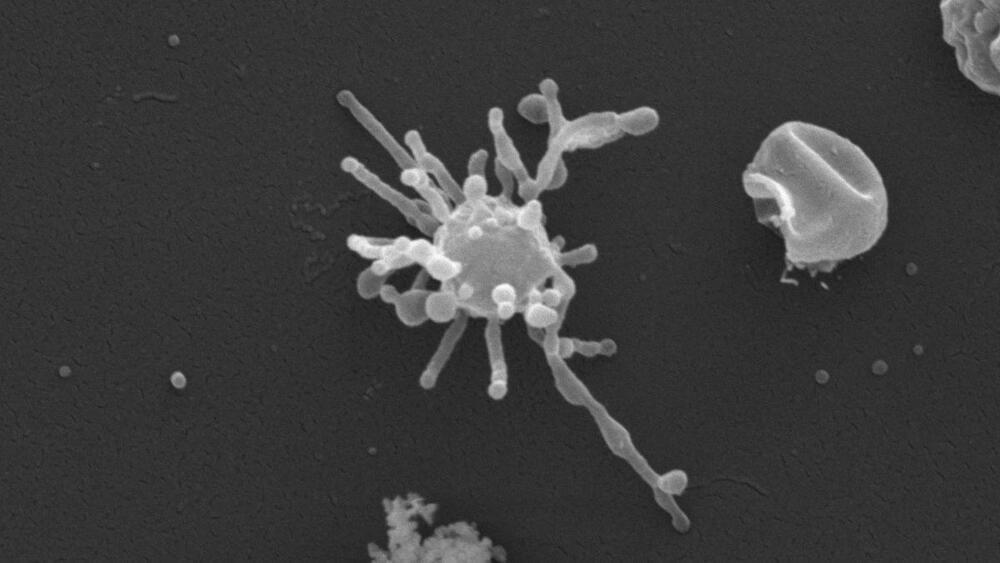
This Video Explains Biogenesis of Ribosomes in Eukaryotes.
The Link Of The Transcription Of mRNA In Eukaryotes https://youtu.be/oZZMXv19PEU
The Link Of The Translation Or Biosynthesis Of Proteins https://youtu.be/85FUw8_YZYY
Thank You For Watching.
Please Like And Subscribe to Our Channel: https://www.youtube.com/EasyPeasyLearning.
Like Our Facebook Page: https://www.facebook.com/learningeasypeasy/
Join Our Facebook Group: https://www.facebook.com/groups/460057834950033
Support Our Channel: https://www.patreon.com/supereasypeasy

You may have heard the phrase, “You are what you eat.” It’s no surprise that what you put into your body directly impacts how you feel and other aspects of your health, including cognitive function.
In fact, diets that contain certain amounts of minerals like sodium and potassium could have an effect on brain function, especially in older adults, according to a recent study published in Global Transitions.
Researchers from China found diets higher in sodium were associated with a higher risk of cognitive decline and poor and deteriorated memory. On the other hand, participants in the study who had more potassium intake in their diet were associated with higher cognitive function.

This is a timeline of life extension, attempting to describe significant and illustrative events on the topic, covering advocacy, experiments, some scientific research, and industry. For more content on life extension research, visit Timeline of senescence research and Timeline of calorie restriction.
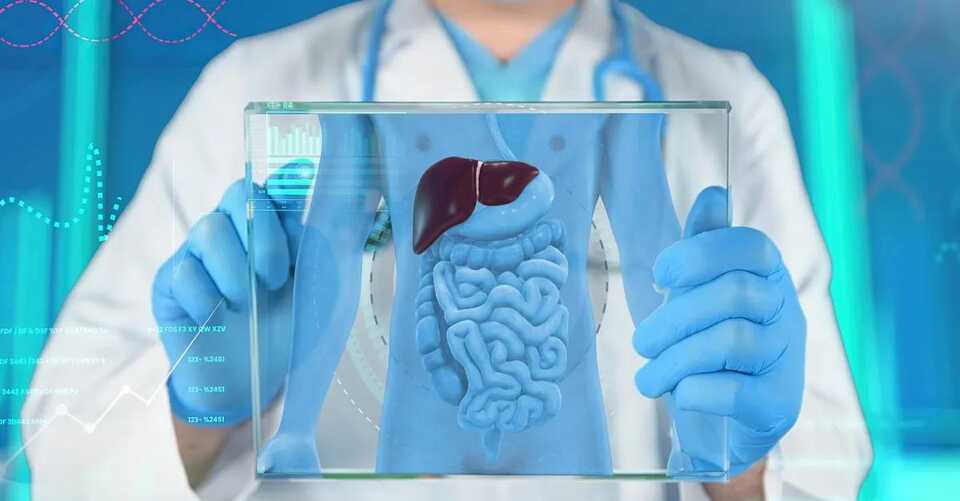
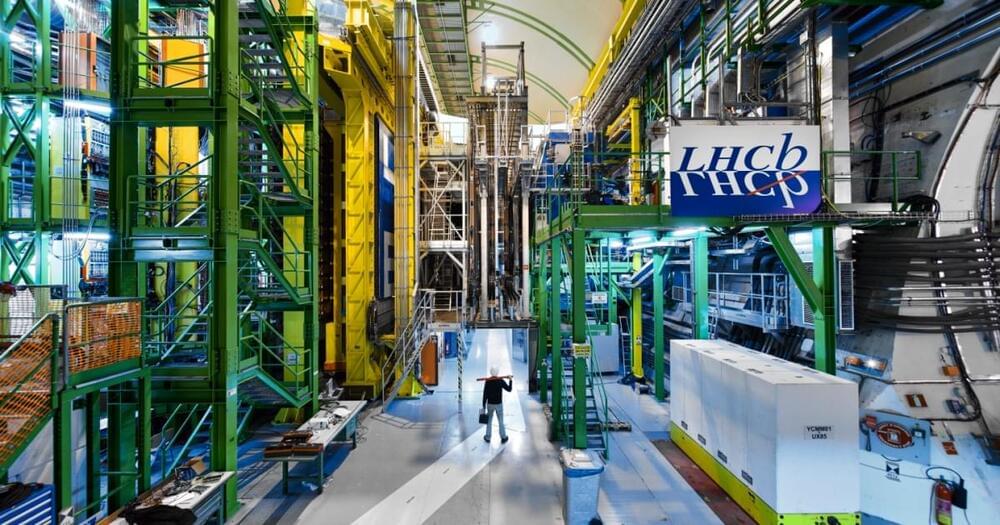
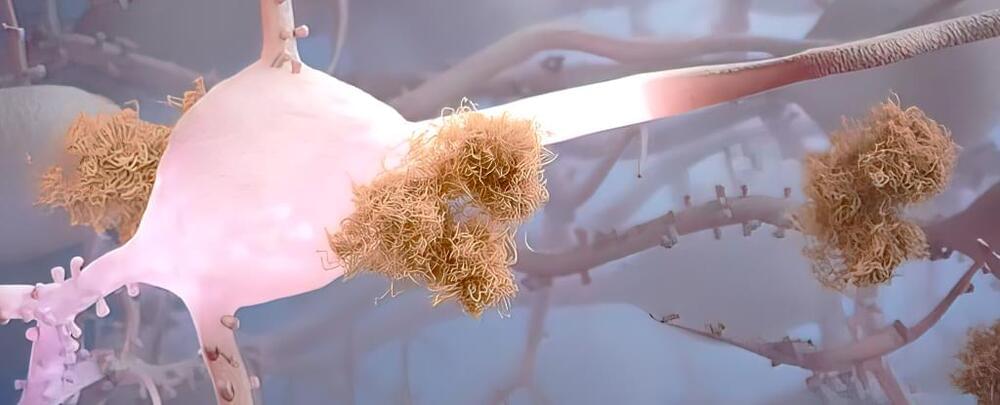
A new type of blood test can detect a hidden toxin behind Alzheimer’s disease years before a patient shows any symptoms of memory loss or confusion.
If the proof-of-concept can be further tested and scaled, the test could significantly speed up diagnosis, giving millions of patients answers and access to proper care long before their disease progresses.
Researchers at the University of Washington (UW) created the novel blood test. It’s designed to pick up on a molecular precursor in the blood that can cause proteins to irregularly fold and clump in the brain, ultimately forming amyloid beta (Aβ) plaques.